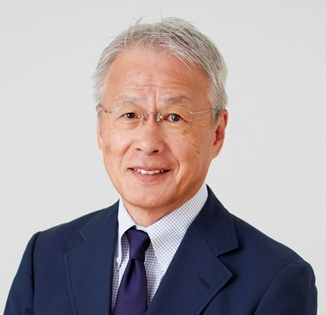
by Noriyuki Morimoto
The risk appetite framework defines the risks that should be taken consciously in order to carry out the specific business objectives and strategies of a financial institution. This intrinsic risk-taking gives rise to various other risks, but it is important that the risks in the intrinsic risk-taking and the derivative risks are on different levels of hierarchy and dimension.
Moreover, rather than quantifying risks in a uniform manner, the risk appetite framework states that financial institutions should consider differences in the nature of risks as well as risks that can not be quantified. And instead of a static future as an extension of the past, it attempts to incorporate future-specific dynamics. There is no choice but to assume advanced governance that depends on human experience, knowledge, and judgment, including qualitative consideration of risks and introduction of a forward-looking perspective. That is what it means to foster risk culture.
Considering social norms, for example, it does not make sense to quantify how bad bad things are, or to make a list of all bad things. Nevertheless, members of a society have shared views on what is bad, as objective social norms. Humans belong to different societies of various layers, which each have their norms, from universal human norms to the ones that apply only within the family. And notably, humans are exactly aware of which norms apply whenever and wherever they are.
Similarly, there are various scopes in which values are shared, whether it be taste, beauty, politeness, or goodness. That is culture. Culture is not established without sharing of values, and within one culture, shared values are objectively clear, without objective indicators such as clearly stated definitions or quantitative criteria.
Then, is it possible to establish culture around risk? Is it possible to establish the value judgment of risk as a culture within a financial institution, and make risk management function objectively without writing out definitions or setting quantitative criteria? From the chaotic mixture of risks, can we construct a risk system through natural collaboration among the members of the organization?
Tackling this difficult task is what is called the fostering of a risk culture, which forms the core of the risk appetite framework.
[ Category / Risk Appetite Framework]

Chief Executive Officer, HC Asset Management Co.,Ltd. Noriyuki Morimoto founded HC Asset Management in November 2002. As a pioneer investment consultant in Japan, he established the investment consulting business of Watson Wyatt K.K. (now Willis Towers Watson) in 1990.

